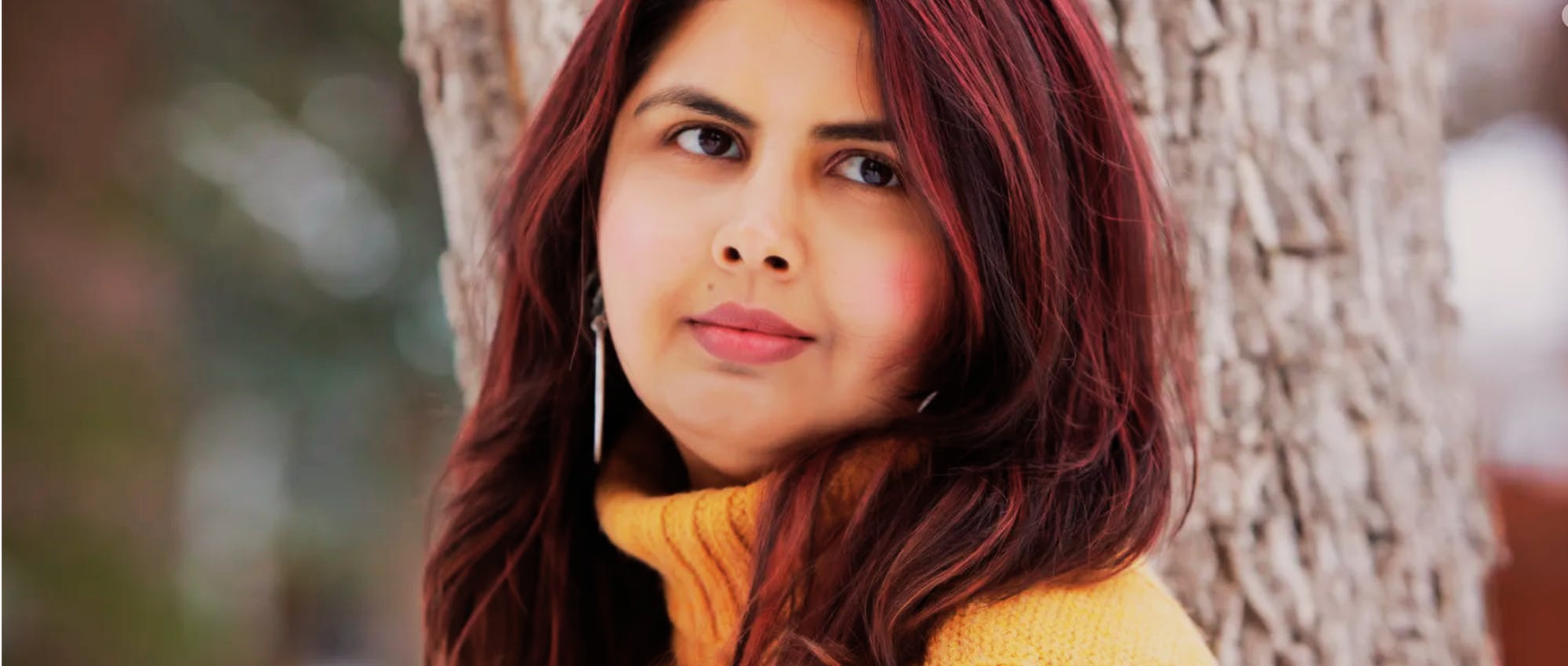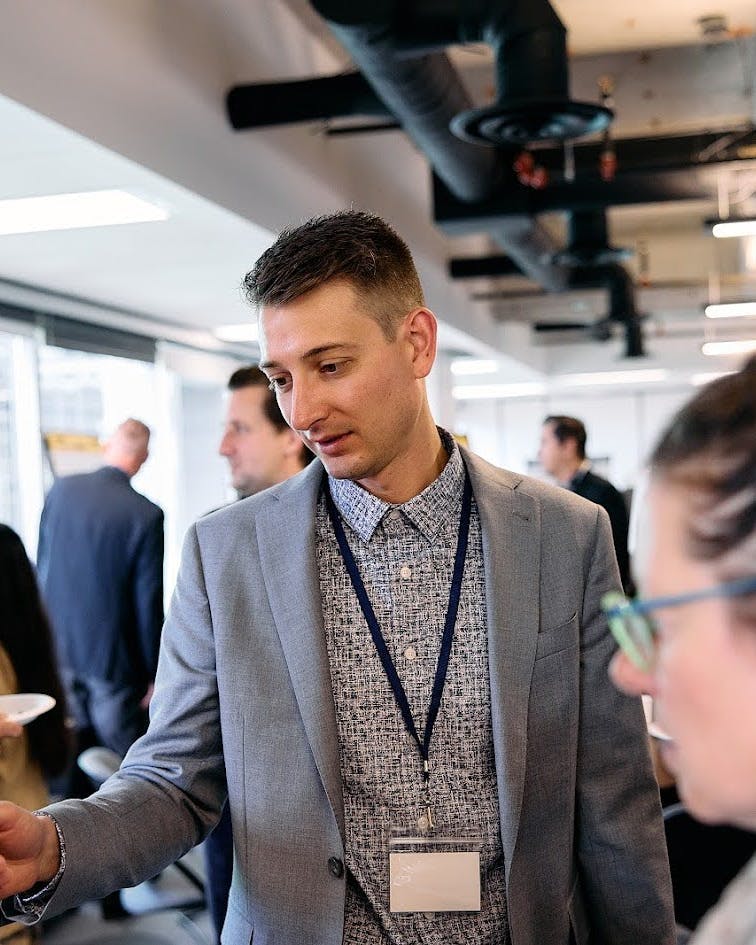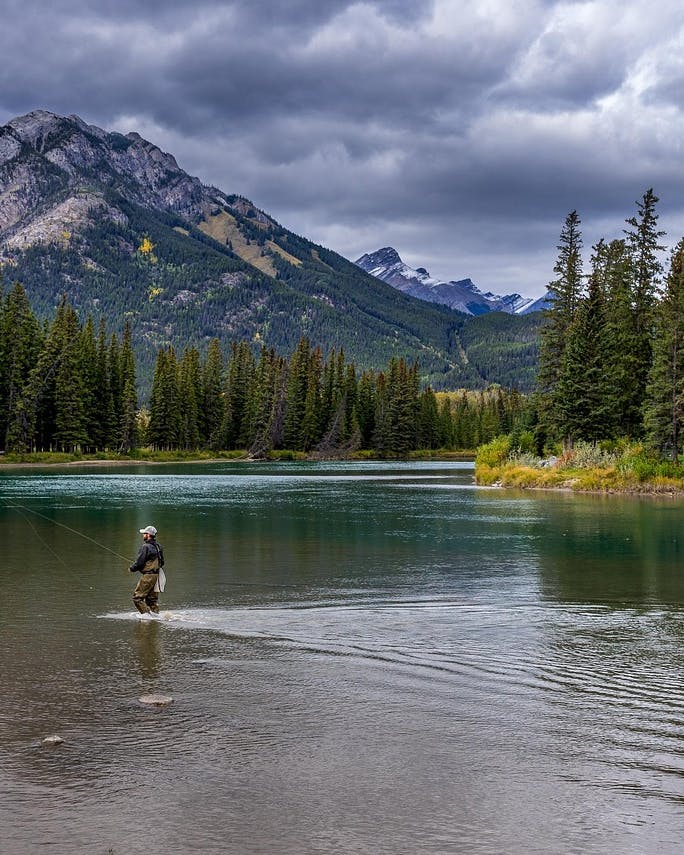Meet Shumaila Hemani, our Artist in Residence

Alberta Ecotrust Foundation is excited to be a participant in the 2022-2024 Artist As Changemaker Residency Program. The program aims to partner organizations working on complex challenges, with socially engaged artists to facilitate discovering new ways of learning, knowing and doing. The program reveals relationships between art, the artistic process, and social innovation theory to create new pathways for change.
We are pleased to introduce you to our Artist in Residence, Shumaila Hemani, Ph.D. Over the next two years, we will explore how art and artistic processes can contribute to our work on energy poverty.
Read on for our interview with Shumaila!
Q: Tell us a bit about your background and your art
My artistic practice involves sculpting with environmental sounds, cultural sounds and music. It falls under the genre of soundscape composition and acousmatic composition. It combines the creative with the social, often characterized as intimately located to place. This is why it is referred to as “context-based” composition. I have applied this concept and genre to initiate a dialogue on climate justice as it pertains to the global south in my album: Mannat. I integrate research, spoken word, storytelling, environmental sounds, ethnographic field recordings, and music performance to create a deep, immersive listening experience through which the listener discovers a phenomenological shift in their perspective and understanding of a social issue.
My composition, Perils of Heavy Rainfall, which won the Second Prize in the Listening During COVID contest in 2020, curated by the Canadian Association of Sound Ecology (CASE), shifts our perception of rainfall in South Asia, which is typically a happy season but because of recent climate change and devastating floods has led to thousands of families getting displaced. The Great Calamity and Displacement from my debut album, Mannat, take this theme forward to show the devastating impact of the 2022 floods in Pakistan that displaced 33 million people, including 16 million children.
I also write songs based on melodic modes of the Eastern tradition. One of my songs, Anticipating, was featured in the Cross-Canada tour for Suicide Prevention Awareness and Hope (2020), and another song based on a poem, Living with Purpose, was nominated for Alberta Magazine Awards in Poetry (2022)
Q: What role do you see for art as a tool for social change?
Art nurtures social dialogue, bringing diverse viewpoints, contexts, and issues to visibility. It gives hope and is an ally in the alleviation of human suffering. Art for social change paves a path for a positive impact on the issues of communities it reflects on. It is a great tool to educate people about the social challenges they are confronting and involve them in a creative process that helps them find solutions from within. It reminds people of their power. Community-engaged arts practices have a solid potential to empower people and facilitate them in finding a gift in their wounds so that they may emerge from pain as collaborative changemakers.
Q: What made you interested in working in the area of climate change and energy issues?
Climate change impacts us all but does not impact us at the same level. People at the margins of society are the most affected by climate change. My vision is to work for climate justice by shedding visibility on communities severely affected by climate transitions. When displacement occurs due to climate change, women and children, significantly young girls, are usually the most impacted. Refugee sites are vulnerable key points for human trafficking.
For me, the moment of awakening was in 2020, when COVID-19 shut down the entire world. I was mixing my album based on the Sufi poetry of Shah Latif in Sindh, which connects us with the local ecologies. In Karachi, we experienced devastating floods that impacted thousands of families, and I felt compelled to express that rainfall was no longer bountiful. It was creating great havoc on the social margins. As I continued this creation in Canada, my work got published in the Journal of Environment, Arts, and Culture. I also got accepted into the Trico Changemakers Program. Given my previous work in this direction, I was encouraged to pursue an environmental topic. After research, I learned that energy poverty impacts newcomers and people of diversity alongside people with disabilities and seniors the most. Most of them are unaware of the impact of living in damp homes. This pricked my conscience, and I wanted to contribute towards energy transitions and energy support in Alberta. I proposed this work to Trico, and they found it a compelling project and area to work in. And that was how I partnered with Alberta Ecotrust.
Q: The Artist As Changemaker program utilizes social innovation theory as a basis for how to address complex problems. How would you describe social innovation and what excites you the most about the approach?
The co-creation of knowledge and art is central to the understanding of social innovation. It is based on the understanding that collaborative solutions for issues can be reached when experts and communities come together to think about a social solution. I'm excited to work with the diverse communities in Alberta and take them through the process of energy awareness through deep listening and music.
Q: Where can people learn more about your art?
My website gives insight into my sound art and my music is available on all major social media platforms, including Spotify, Bandcamp, and YouTube. I have also contributed my blogs on music in the Conversation, Arts Desk, UK, and Encyclopedia of Women and Islamic Cultures. These are available on my website.
Related posts
Explore our most recent posts.



